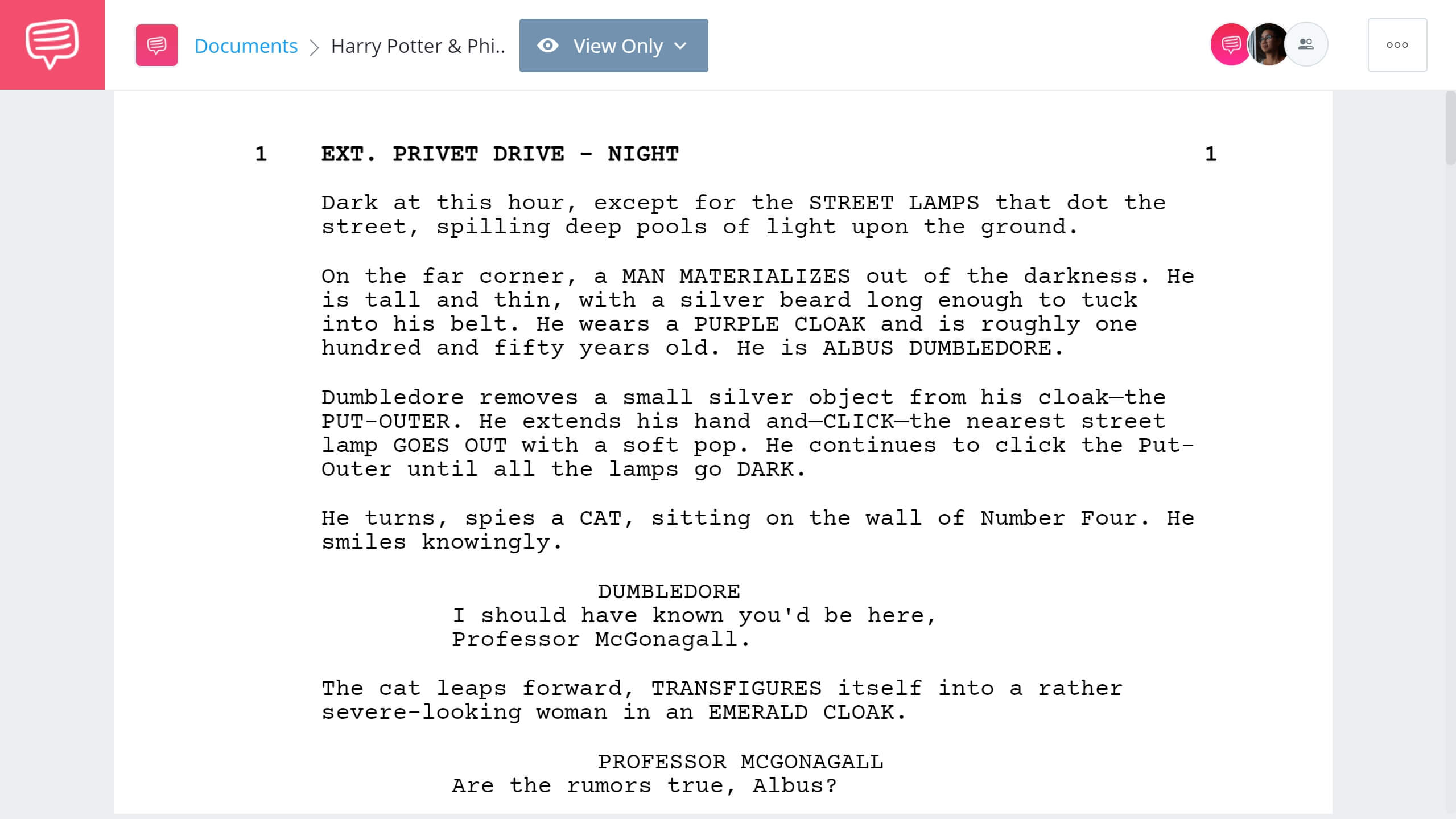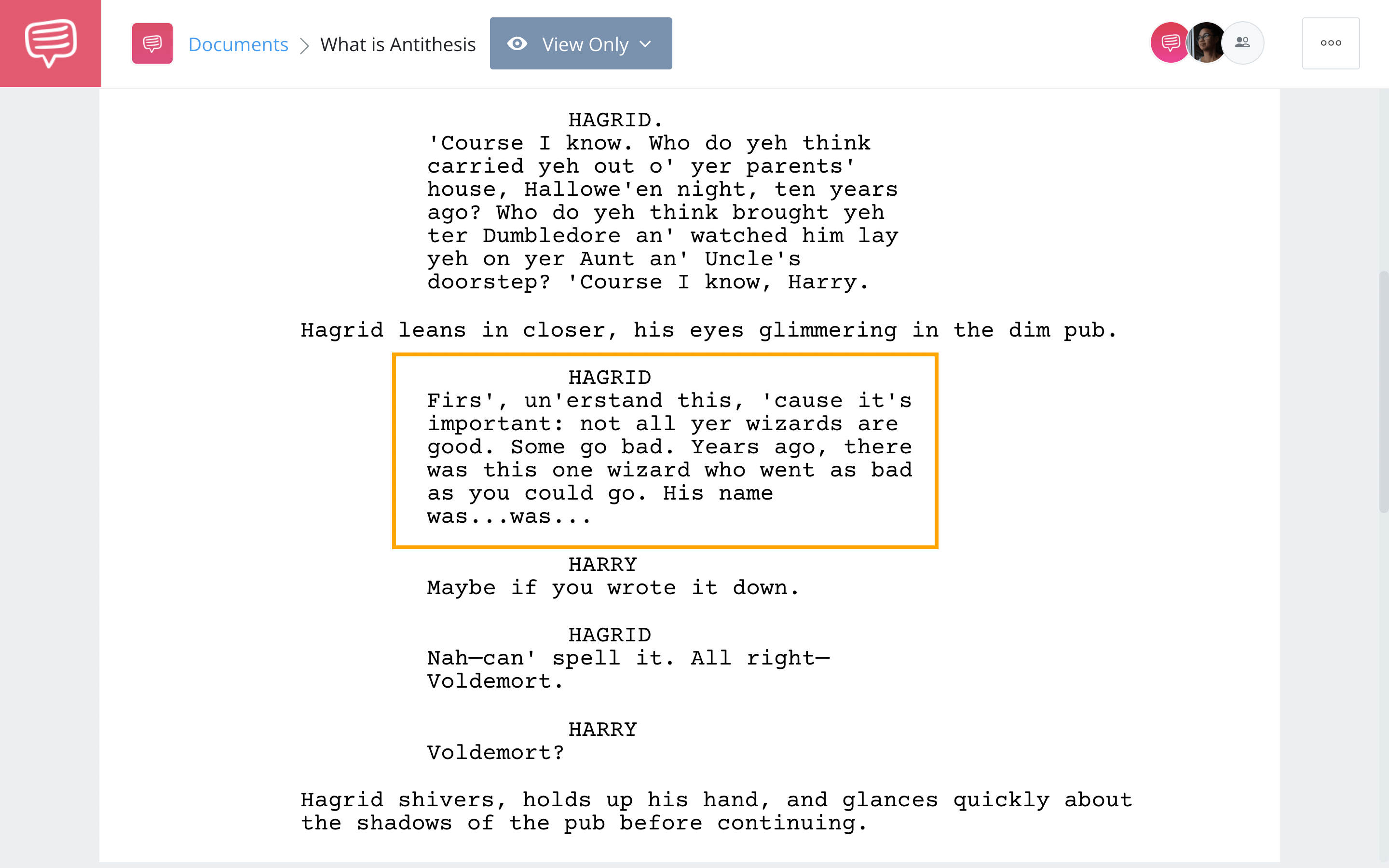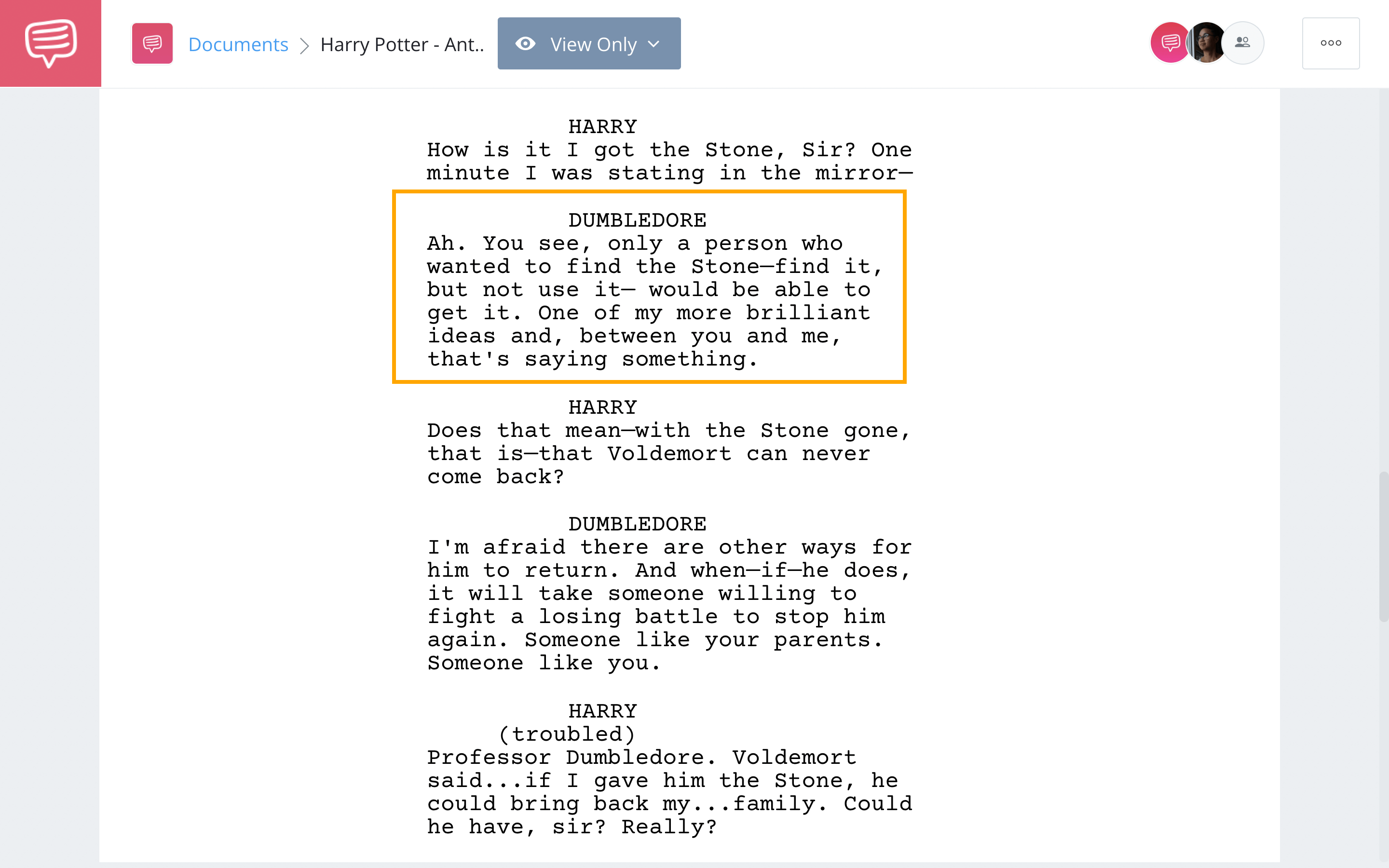If you’ve ever heard sentence structure, met characters, or witnessed ideas that seem diametrically opposed, you’re actually pretty familiar with the idea of the antithesis. But there is more to it than just juxtaposing ideas. Read on to learn exactly what is antithesis, how this tool is used, and how you can include an antithesis in your next project.
Antithesis Definition
First, let’s define antithesis
There are a number of terms often confused for antithesis (like paradox or oxymoron). But an antithesis has a particular grammatical structure that helps differentiate it from the rest. So, here’s the antithesis definition and then we'll look at specific examples:
ANTITHESIS DEFINITION
What is Antithesis?
An antithesis is a rhetorical and literary device with parallel grammar structure but which establishes a nearly complete or exact opposition in ideas or characters. It can be effective in emphasizing drastic differences between opposing concepts.
How to pronounce antithesis: [an-TITH-uh-sis]
Familiar antithesis examples:
- “That’s one small step for man, one giant leap for mankind.”
- “No pain, no gain.”
- “Out of sight, out of mind.”
The word “antithesis” comes from the Greek word meaning “setting opposite,” which is an idea that has been used in various forms. Let’s look at those various forms in more antithesis examples.
Antitheses Examples
How do we use antithesis today?
The purpose of antithetical language is not just mentioning the existence of opposing ideas, but rather emphasizing the stark differences between them. The often lyrical and rhythmic nature of this device helps accentuate the parallel grammatical structure.
Watch the video below to learn more about how we use antitheses today.
Antithesis Definition, Examples and Techniques
We use this device in that pure form today (see the examples above) in everyday turns of phrase. But there are more in-depth ways (in actions and story in general) that fit the antithesis definition.
People and characters can act in an antithetical manner to their beliefs.
Antithesis Examples in Behavior:
- A character who says they love animals but wears real fur coats.
- Someone who says they are vegetarian but eats a big steak for dinner.
- A person who uses a “Shop Small” tote bag but does their holiday shopping at Walmart.
In addition, characters in literary or scripted works, much like people, can be antitheses to each other in and of themselves. In fact, this is often how great villains are created.
Check out the video below to see more on writing great villains, and how antagonists can mirror or juxtapose protagonists.
Page to Picture: How to Write a Villain • Subscribe on YouTube
Protagonists can be an “antihero,” or the villain of a story can be portrayed separately as a parallel to the protagonist; therefore, the protagonist and antagonist highlight each other’s strengths and weaknesses, and evil and benevolent qualities. Some classic examples of this pseudo-mirrored antagonist concept are:
Snow White and the Queen
Batman and Joker
Dumbledore and Voldemort
As you can see, the antithesis is typically the ultimate antagonist, even if the character they are meant to parallel isn’t the protagonist, as is the case in the Harry Potter series.
Both a strong example of antithesis and nuanced portrayal of complicated character relationships, the Harry Potter series showcases a number of moral ambiguities as they pertain to Dumbledore and Voldemort.
We imported the script into StudioBinder’s screenwriting software to see exactly how this juxtaposition is first established.
Harry Potter and the Sorcerer’s Stone masterfully establishes the characteristics that Harry and Voldemort share, but it also establishes similarities between Dumbledore and Voldemort.
Throughout the series, these shared traits influence Dumbledore and Voldemort in their objectives and decisions.
For instance, in the Sorcerer’s Stone, we are introduced to how Voldemort and Dumbledore move through the world. Hagrid tells Harry early on about Voldemort’s rise to power: he was a wizard “who went as bad as you can go [...] anyone who stood up to him ended up dead.” Hagrid frames Voldemort as a powerful wizard, capable of massive destruction.
Antithesis Example in Harry Potter • Read Full Scene
Alternatively, towards the end of the first film Dumbledore explains his tactics in his work with Nicolas Flamel on the Sorcerer’s Stone. “Only a person who wanted to find the stone—find it, but not use it—would be able to get it.” Dumbledore respects power and the laws of magic, and his actions reflect that.
Antithesis Example in Harry Potter • Read Full Scene
Further into the series, in Order of the Phoenix, we see what happens when Dumbledore’s tremendous abilities collide with Voldemort’s formidable power in their epic Ministry of Magic duel.
Voldemort’s spells all aim to destruct, whereas Dumbledore’s are equally amazing, but meant to disarm, distinguish, or defend.
The series is a remarkable example of how antitheses can be essential to a story, and the respective backstories, unique abilities, and of course choices of Voldemort and Dumbledore prove it.
Implementing Antitheses
How to use antithesis
With all the ways you can implement and define antithesis, it’s good to have a number of tricks or rules of thumb to keep in your back pocket. Whether you’re writing a short story or your next feature screenplay, here are some things you can keep in mind.
1. Aim for Moderation
If you’re using antithesis in the form of a rhetorical device, try to keep the number of antitheses to a minimum unless it’s a crucial character trait of the speaker. Using a similar literary device too often can leave your writing predictable or even annoying. The more you use a tool, like antithetical language, the less meaning it can have.
2. Similar Structure
Keep the structure of your antithesis as similar as possible if you want to highlight the differences more intensely. And try to keep the phrasing itself balanced. Both variables of the equation don’t have to be exact, but the lyrical phrasing can help your antithesis shine and stick long after the read.
3. Focus on Differences
Focus on contrast but remember to find ways to draw the parallels. How can the characters be compared to the point where their differences become obvious? How can their differences lead to conversation about how the characters may actually be similar?
Antitheses via characters and sentence structure can assist in not just interesting writing, but memorable writing. They can make your message more understandable and retainable, which should be a top goal in any written work. You never want to give you reader a reason to stop reading.
So, now that you’ve learned more about how an antithesis can strengthen your work, you can implement it into your next project like a pro.
After all, no guts, no glory.
UP NEXT
What is Irony?
Antithesis is a rhetorical device you can use in everyday speech. Much like an antithesis, we encounter several types of irony in everyday life, too. Keep reading to learn about the types of irony and how they’re used in TV and Film.



